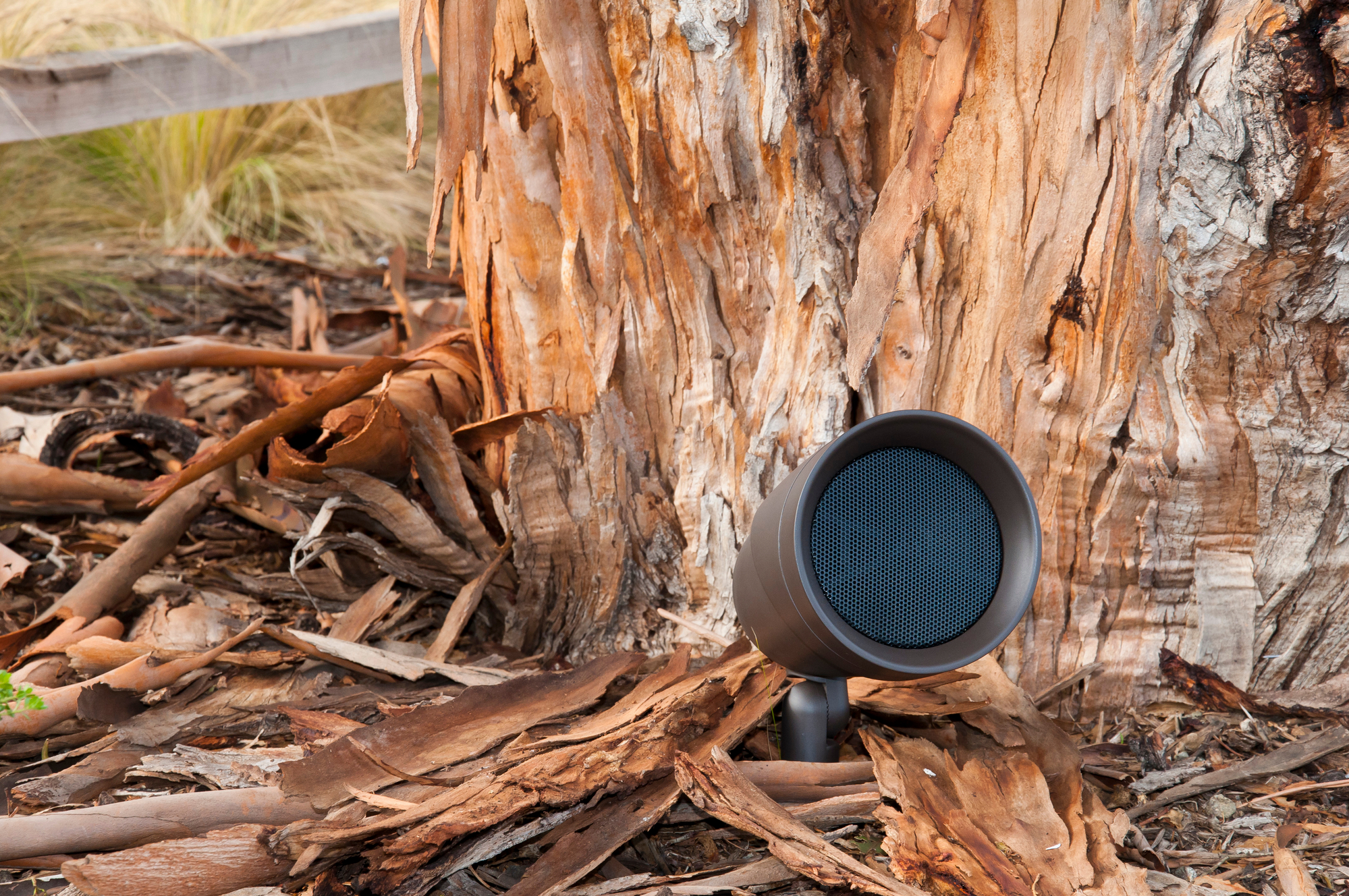Subwoofers: What Are They & Do You Need One for Your Sound System?
What is a Subwoofer?
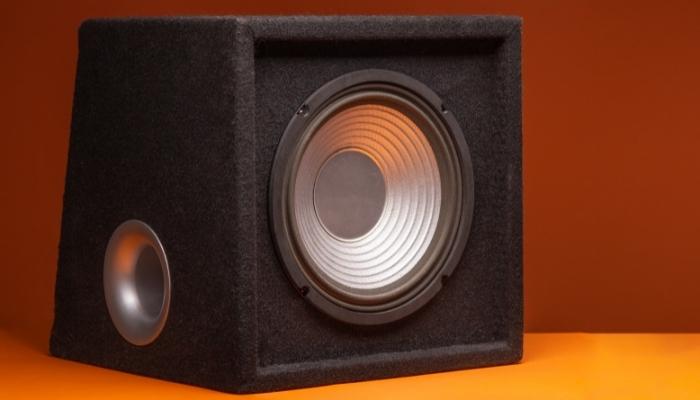
A subwoofer is a crucial component of a complete audio system because it delivers lower frequencies between 20 – 200 Hz, which traditional two-channel or surround sound setups can't produce on their own. In fact, subwoofers are responsible for the .1 in a 7.1 sound system to deliver all the low-frequency effects.
Subwoofers work seamlessly with the rest of your sound system as one unit, so you never miss a beat.
How Do They Work?
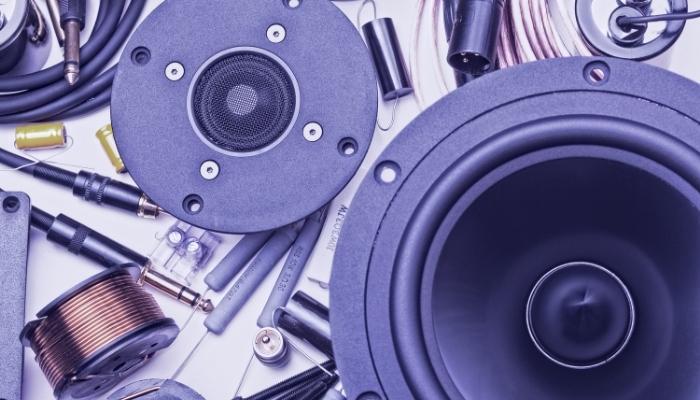
A subwoofer speaker uses large drivers called woofers to produce deeper sounds. These woofers are typically enclosed in a wood or plastic structure and look like any other speaker. The subwoofer then uses the large woofer and a built-in amplifier that powers the signal to produce deeper, cleaner bass.
But to reproduce high-quality sound, they have to deal with the crossover (when sound transitions from speaker to speaker) and phasing, which deals with the timing differences from identical signals.
- Low-Pass Crossover: The frequency where your speakers begin to roll off and the subwoofer beings to produce bass notes. Subwoofers work best when you set your crossover to 10 Hz above your speaker's lowest frequency range.
- 0/180 Degree Phase Switch: Woofers work best when they move forward and backward while in sync, but the bass cancels out if they are out of phase. If that happens, you can use the switch to "dial-in" your subwoofer.
Why Do You Need One?

As we said before, a subwoofer lets you feel the sound in your chest or down your spine instead of simply hearing it. And if you have a glass of water nearby, you can even see it when the sound causes the water to ripple. But there's more to it than that, and once you've experienced that deep bass, you won't want to go back. For instance, subwoofers will:
- Enhance the listening experience for bass-heavy music such as hip-hop, EDM, metal, or movie sounds like deep voices, explosions, and other sound effects.
- Help you experience the sound as the artist or director intended with more accurate stereo imaging.
- Take away the heavy lifting from your loudspeakers and improve your overall sound system.
- Create more compelling dynamics by making the volume of every sound or note more acute.
- Widen the soundstage to produce more vibrant, all-encompassing sound.
You can't go wrong with adding a subwoofer to your sound!
Which is Which?
If you're shopping for a subwoofer, you'll come across different types, including passive and active subwoofers. Passive subwoofers use an external amplifier as their power source, while an active subwoofer has a built-in amplifier and requires a power outlet. But there are other types as well.
- Ported Subwoofers: Have an extra port or hole which allows air to escape and boost the bass level and produce rich, thick sound and are also known as bass-reflex speakers.
- Sealed Cabinet: Feature a completely sealed cabinet with no ports and produce a well-rounded sound with fewer booms and peaks.
- Passive Radiator: Consists of two passive radiators not wired to the amplifier instead of a port and creates sound with better range. You can usually find these in Bluetooth speakers.
- Front/Down Firing: Front-firing subwoofers have their speakers pointing forward, emitting sound from the front and sides. Down-firing subwoofers direct sound from the bottom of the speaker and ripple outward.
- Bandpass: Is separated by two chambers with a port in one section that releases radiation from the front cone. You can also specify which bass levels you prefer.
- Horn Loaded: Uses the sound that usually leaks and spreads it out in various directions through a longhorn speaker, creating some of the loudest sounds out of all the subwoofer types.
Where to Put It?
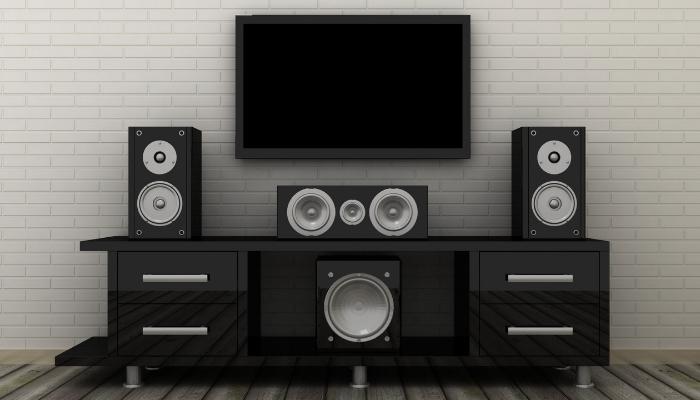
With any speaker, you need to put them in the right place. But where is that exactly? Well, it depends on the room you plan to put your sound system in. Finding that sweet spot should be simple if you have a dedicated home theater or listening room, but if you don't, you'll need to rearrange the room.
Try starting with corners with sound-absorbing devices or a filled bookshelf, and then experiment. If you're hearing "boomy" effects with no definition, you're dealing with standing waves, and if you find dead spots, you're dealing with bass nulls.
And if you want to improve your sound, try splurging on acoustic treatments such as acoustic panels, diffusers, and bass traps. Or look for an A/V receiver with room-correction technology like Audyssey and AccuEQ to calibrate each speaker.
Pro Tip: Try adding another subwoofer to minimize the seat-to-seat variance bass response, smooth peaks, and nulls, and provide even coverage throughout the room.
Time to Browse
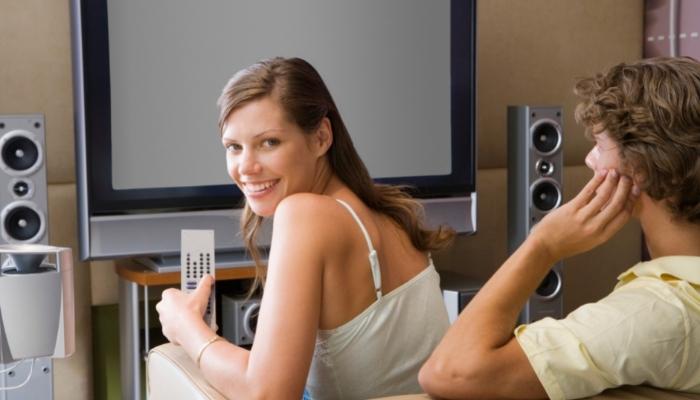
Whether you're a dedicated audiophile or you're looking for a cool sound system, there's no denying the power of a subwoofer. Feeling the bass is a thrilling experience, so why not add it to your everyday life? Check out our online catalog or stop by in-store.
Have questions about subwoofers or surround sound? We have the answers at your local AV Design Consultants. Contact us today, and we'll help you with all you need to know.
When you subscribe to the blog, we will send you an e-mail when there are new updates on the site so you wouldn't miss them.





